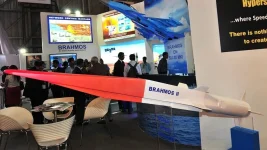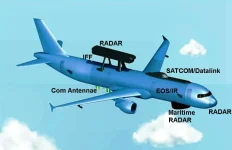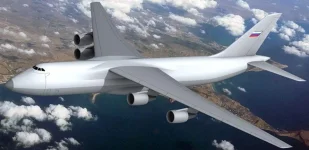- Views: 1K
- Replies: 2
In a significant move to enhance its strategic defence capabilities, India is set to expand its indigenous Ballistic Missile Defence (BMD) shield to cover major cities in southern India.
This decision comes as the first phase of the programme, designed to protect Delhi and Mumbai, approaches full operational status, addressing the evolving threat landscape marked by Pakistan's deployment of advanced rocket systems.
Developed by the Defence Research and Development Organisation (DRDO), India's BMD system is a multi-layered network designed to intercept and destroy hostile ballistic missiles.
Phase-I employs a two-tiered approach, featuring the Prithvi Air Defence (PAD) and Prithvi Defence Vehicle (PDV) for high-altitude exo-atmospheric interception (outside the Earth's atmosphere at altitudes up to 80 km) and the Advanced Air Defence (AAD), also known as Ashwin, for endo-atmospheric interception at lower altitudes of up to 30 km.
This layered architecture ensures a higher probability of successfully neutralising incoming threats.
The initial deployment of the BMD shield has been focused on safeguarding the National Capital Region (NCR) and the financial hub of Mumbai. This placement was prioritised to counter potential threats from Pakistan's missile arsenal, particularly the nuclear-capable Shaheen series.
According to official sources, the protective umbrella of the Phase-I BMD system is now being extended to include the vital southern cities of Bangalore, Chennai, and Hyderabad.
The expansion acknowledges the increasing strategic and economic importance of these urban centres. Hyderabad, in particular, has grown into a critical hub for the nation's defence and aerospace sectors, hosting key facilities for DRDO, Hindustan Aeronautics Limited (HAL), and Bharat Electronics Limited (BEL), alongside numerous private defence firms.
To implement this southern shield efficiently, a single BMD site is reportedly being planned in a central state. This strategic positioning would allow its long-range tracking radars and interceptors to provide effective coverage for all three cities simultaneously.
Such a centralised deployment model is designed to optimise resource allocation, reduce operational costs, and streamline command and control structures.
This expansion is part of India's broader strategy to create a robust defence against a range of aerial threats, including Pakistan’s recently tested Fatah-II guided multiple-launch rocket system, which has a reported range of up to 400 kilometres.
Meanwhile, work on Phase-II of the BMD programme is advancing. This next stage aims to develop interceptors capable of neutralising Intermediate-Range Ballistic Missiles (IRBMs) and Intercontinental Ballistic Missiles (ICBMs).
The DRDO is actively conducting trials for its next-generation interceptors, the AD-1 and AD-2 missiles. The AD-1, a long-range interceptor, has already undergone successful flight tests and is designed to engage targets in both high and low atmospheric layers, significantly enhancing the reach and versatility of India's missile defence capabilities.




